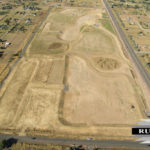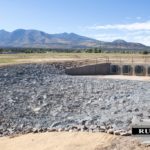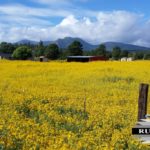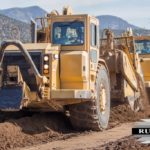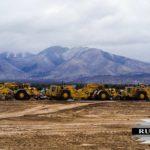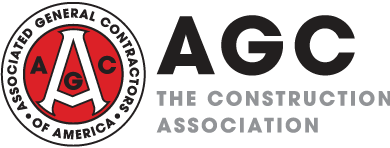- Company: Rummel Construction
- Industry: Transportation
- Location: Flagstaff, Arizona
- Expected Completion Date: October 7, 2016
- Project Website
In 2010, the Schultz Fire severely burned more than 15,000 acres on the steep eastern slopes of the San Francisco Peaks on Coconino National Forest land in Northern Arizona. Following the fire, rainfall events produced heavy runoff and flooding that impacted private property and threatened the safe operation and integrity of US 89. Runoff rates from heavy rain events exceeded the design capacity of the existing US 89 box culverts overtopping the highway.
The fire drastically changed drainage patterns in the watershed areas that resulted in flooding and potential risk of flood damage to homes and infrastructure in the downstream vicinity. Drainage infrastructure that was once sufficient was being overwhelmed by storm events that flowed unchecked through the upstream areas and picking up volume and speed as they headed into the communities below. The Copeland Detention Basin was one of a series of mitigation projects initiated by Coconino County to control the effects of the additional drainage.
The 80-acre Copeland Detention Basin project will effectively collect and temporarily store flood waters to mitigate the flooding impacts to Highway 89, the Cinder Lake Landfill and downstream communities like Fernwood and Doney Park resulting from increased runoff. The project was designed to mitigate the five year, 24 hour design storm.
The scope of work for this proposed project included:
• Construction of three sediment trap basins to reduce the amount of sediment carried by floodwaters before entering detention basins.
• Construction of two detention basins approximately 2100’ by 400’ with depths of 20’.
• A new concrete 20’w x5’ x 2200LF channel
• New four barrel 10’ x 4’ concrete box culvert.
• Minor culverts and channels
• Minor modifications to the existing paved drainage facility that parallels the west side of US 89.
Additional work included removal and replacement of gabions, installing new gabions, slope reshaping, grading, concrete curb/apron, guard rail, shoulder paving and rail banks.
The team successfully brought together multiple stakeholders and accomplished an essential, high visibility project on time and within budget for the agency while avoiding community inconveniences, minimizing interruption to travelling public and keeping residents happy.
What impact does this project have on America?
Every Arizonan knows fierce monsoon storms wreak havoc in a matter of moments; within an hour a warm sunny summer afternoon can turn into a powerful storm that packs wind shears and torrential downpour causing severe flooding. To make the aftermath worse, the Schultz’s fire took away vegetation that naturally helped absorb and slow storm water.
With the detention basin improvements, nearby residents and Highway 89 users will no longer be held captive by the flooding. In addition, the basin was seeded with dandelions creating a picturesque meadow. Its beauty signifies the recovery from a very disastrous fire.
The county has a goal of ultimately turning the project into a park in several years, after the previous fire damaged vegetation levels can allow storm water to adequately absorb back into the ground.
What interesting obstacles or unusual circumstances did you overcome to complete the project?
The plans did not account for the need to relocate mailboxes and a school bus stop on private property that were impacted by the new guardrail installation along the highway. Together Rummel, ADOT and Coconino County created a plan to relocate the mail boxes and the school bus so that they were safely accessible.
The installation of a new four-barrel box culvert required a road closure. We actively communicated through the assistance of Coconino County newsletters and ADOT PIO and the box culvert was installed without complaint. In addition, property owners that bordered the right-of-way were cooperative in accepting construction vehicles and traffic adjacent to their property thanks to advance communication of what was planned and consideration of any accommodations that they may have needed for access.
What dangers and risks did you encounter, and describe any extraordinary methods used to keep workers safe?
While Monsoons happen most days during the summer months; there were four large storms causing a stop work scenario. During daily safety meetings crews were instructed on actions to take prior, during and after the storm event. In addition to summer storms, the team also dealt with snow storms during winter months.
How did you leverage new technologies to work faster and reduce waste?
Rummel uses GPS machine Guidance on our equipment to efficiently excavate 257,630 cubic yards. This technology saved construction duration allowing the team to finish excavation two months ahead of schedule and increases accuracy.
The Heavyjob mobile app was used by superintendents and foreman keep management in the loop on a project that was two hours from our home office.
